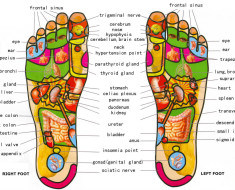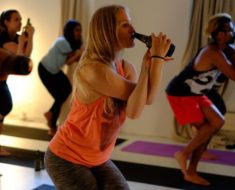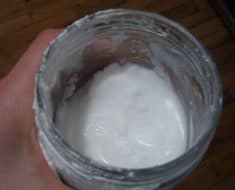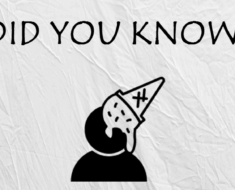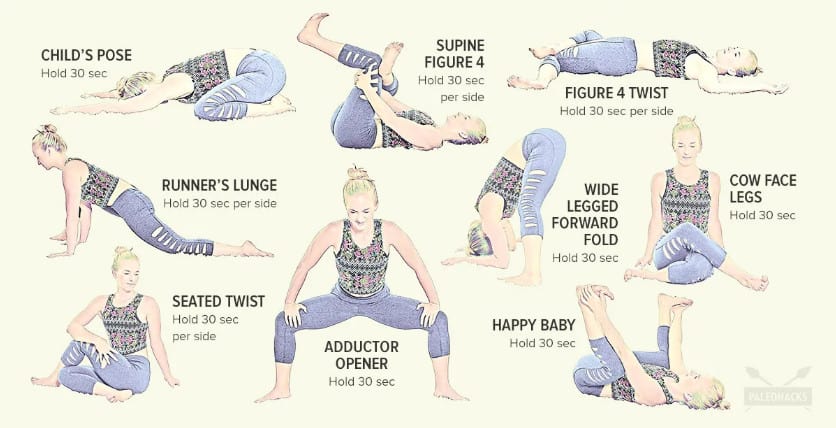
Image via: Paleohacks
Hip and lowers back paid affects nearly 30 million between the ages of 20 and 64 all around the globe.
The lifestyles we tend to live in this day and age are rather sedentary and this can lead to tightness and pain between the shoulders, weakens the lower back, abdominal’s and glutes..
One of the most common muscle causing tensions for people is the psoas. The psoas is the deepest flexor in the body and directly linked to the lumbar spine. If this is tight, it causes stiffness, aches and intense hip pain. But it doesn’t have to be overly painful. There are ways to stretch your muscles and rid yourself of that pain.
The Mayo Clinic lists the top five benefits of stretching:
Increased flexibility and joint range of motion: Flexible muscles can improve your daily performance. Tasks such as lifting packages, bending to tie your shoes or hurrying to catch a bus become easier and less tiring. Flexibility tends to diminish as you get older, but you can regain and maintain it.
Improved circulation: Stretching increases blood flow to your muscles. Blood flowing to your muscles brings nourishment and gets rid of waste byproducts in the muscle tissue. Improved circulation can help shorten your recovery time if you’ve had any muscle injuries.
Better posture: Frequent stretching can help keep your muscles from getting tight, allowing you to maintain proper posture. Good posture can minimize discomfort and keep aches and pains at a minimum.
Stress relief: Stretching relaxes tight, tense muscles that often accompany stress.
Enhanced coordination: Maintaining the full range-of-motion through your joints keeps you in better balance. Coordination and balance will help keep you mobile and less prone to injury from falls, especially as you get older.
Here are some of the best stretches you can do to help relieve lower back and hip pain.
Child’s Pose
Supine Figure
Seated Twist
Runner’s Lunge
Figure Twist
Adductor Opener
Wide Legged Forward Fold
Cow Face Legs
Happy Baby
Laura Inverarity, DO, a board-certified anesthesiologist and physical therapy expert recommends the following for safe stretching and in order to reap all the benefits of stretching while avoiding injury:
Warm up first: Stretching muscles when they’re cold increases your risk of pulled muscles. Warm up by walking while gently pumping your arms, or do a favorite exercise at low intensity for five minutes.
Hold each stretch for at least 30 seconds: It takes time to lengthen tissues safely. Hold your stretches for at least 30 seconds—and up to 60 seconds for a really tight muscle or problem area.
That can seem like a long time, so wear a watch or keep an eye on the clock to make sure you’re holding your stretches long enough.
For most of your muscle groups, if you hold the stretches for at least 30 seconds, you’ll need to do each stretch only once.
Don’t bounce: Bouncing as you stretch can cause small tears in the muscle, which leave scar tissue as the muscle heals. The scar tissue tightens the muscle even further, making you even less flexible—and more prone to pain.
- Focus on a pain-free stretch: If you feel pain as you stretch, you’ve gone too far. Back off to the point where you don’t feel any pain, then hold the stretch.
- Relax and breathe freely: Don’t hold your breath while you’re stretching.
- Stretch both sides: Make sure your joint range of motion is as equal as possible on each side of your body
- Stretch before and after activity: Light stretching after your warm-up followed by a more thorough stretching regimen after your workout is your best bet









